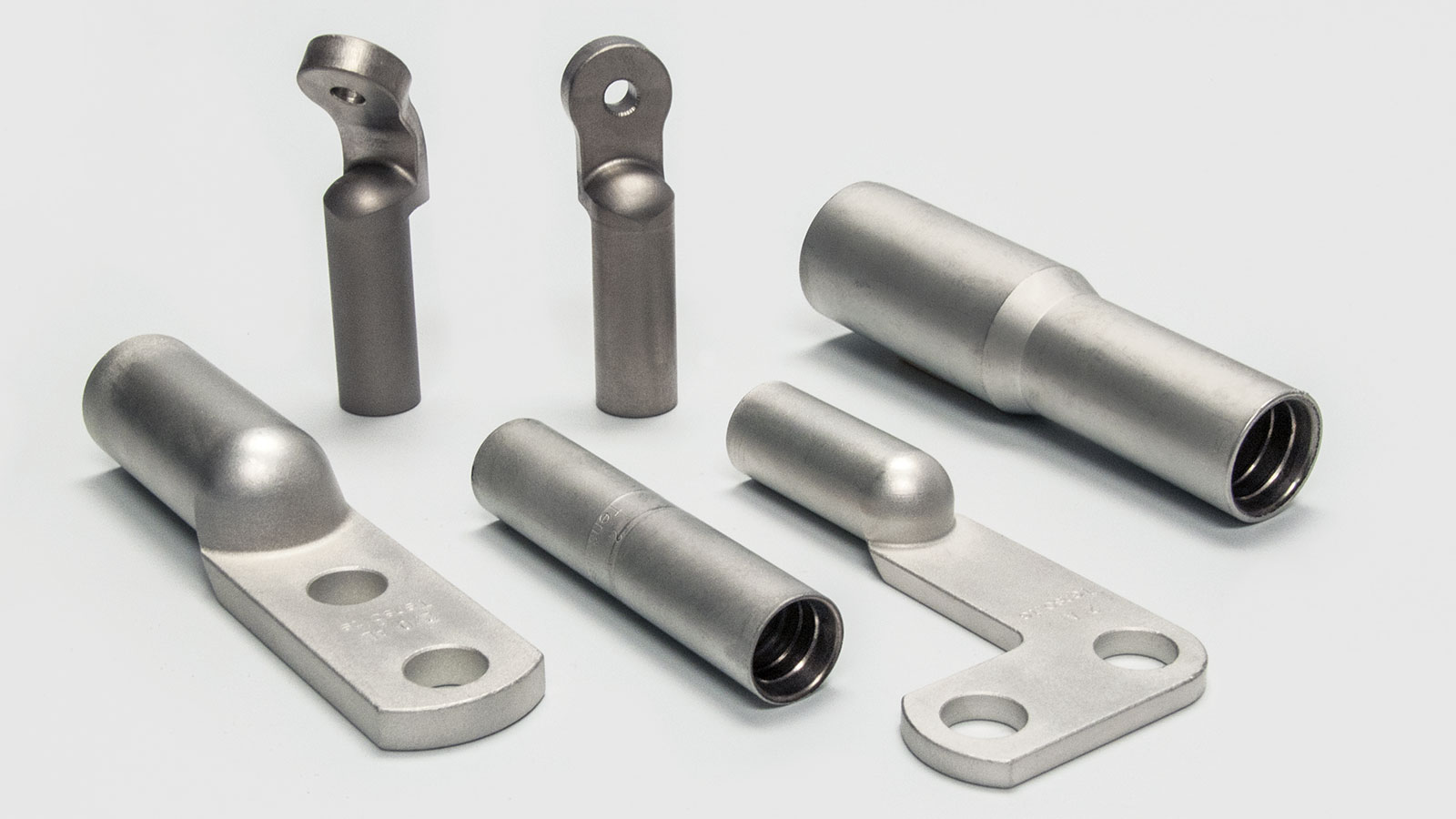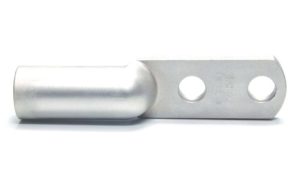


Terminal Lugs

Amphenol CIT engineers connectors, installation tooling, and cable assembly systems that meet the most demanding of specifications. Amphenol CIT qualifies products to those specifications and manufactures to meet uncompromising delivery schedules.
By leveraging broad experience in terminal lug and splice design, Amphenol CIT meets the challenges of the aerospace industry, including solutions to problems such as weight reduction, installation efficiency and connection reliability.
Whether your need is for power or grounding, Amphenol CIT has the capability to meet your project objectives.
Amphenol CIT offers aluminum terminal lugs and splices, among other materials. The aluminum version is 65% lighter than copper equivalents.
| Connector Body | Tin Plating | Nickel Plating |
|---|---|---|
| Aluminum | 150 °C | 175 °C |
| Copper | 150 °C | 260 °C |
Hex Crimp: The Amphenol CIT modified hex crimp produces an environmentally sealed termination with a single crimp operation. The hex crimp eliminates any sharp edges (flashing) and there is no risk of exposing the base metal to corrosion. To achieve this hex-style crimp, Amphenol CIT has developed a shank style die set that is used with industry standard hydraulic crimp heads that produce either 22 or 33 tons of compressive force, allowing you to leverage your existing investment in tooling.
Crimp Indicators: Crimp indicators are embossed during the crimping operation, providing a visual indication of full wire insertion and proper connector installation.
Amphenol CIT’s environmentally-sealed connectors meet the toughest certification requirements to provide maximum reliability. Certifications include:
Custom Terminal Lugs & Splices product information sheet
Crimp Die and Die Inspection Gauges
To inquire about Custom Terminal Lugs & Splices available from Amphenol CIT, please fill out the form below, and one of our Sales Engineers will contact you.
"*" indicates required fields